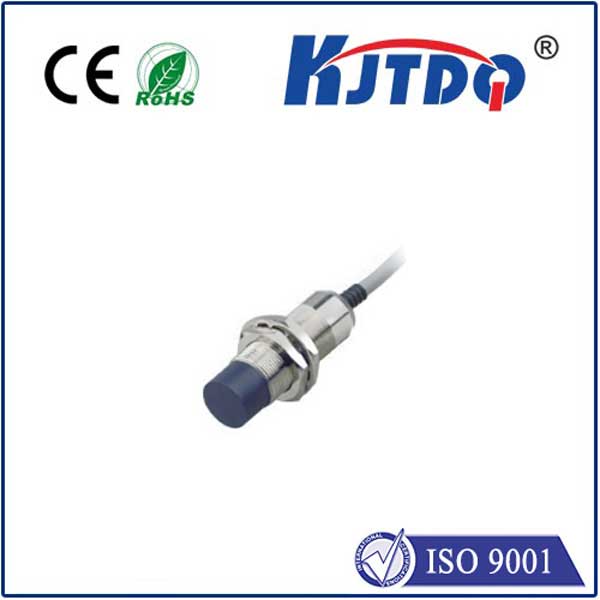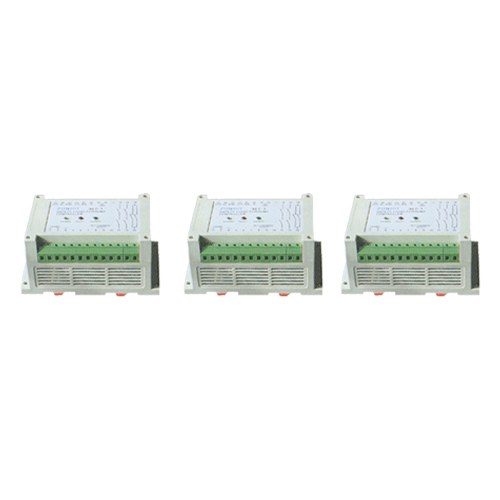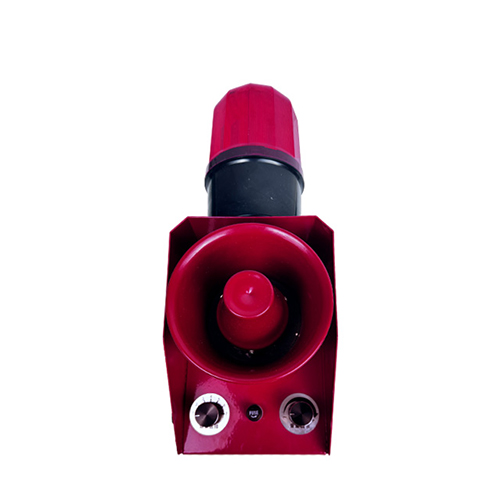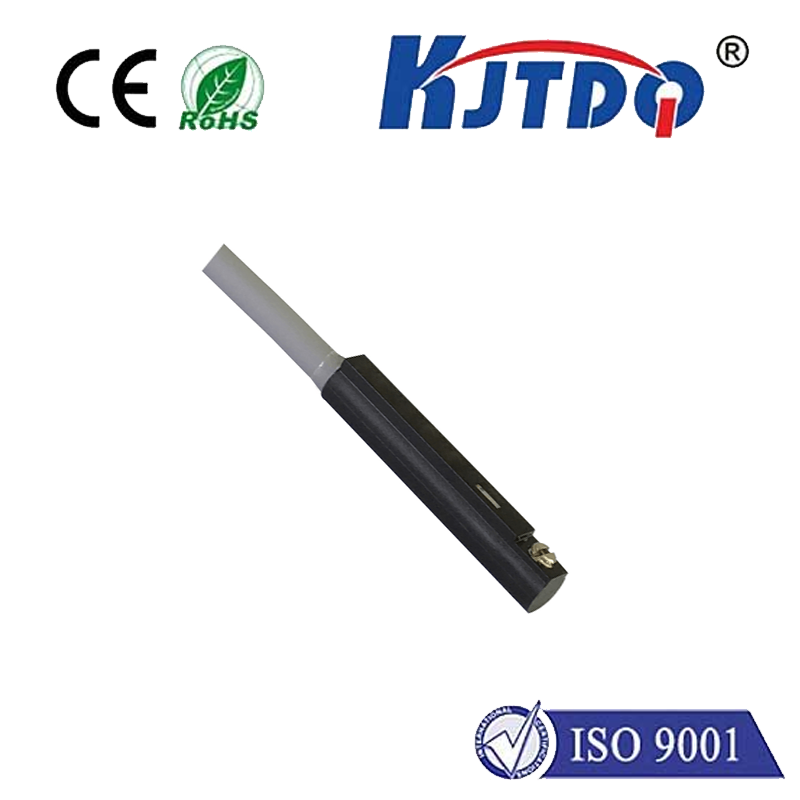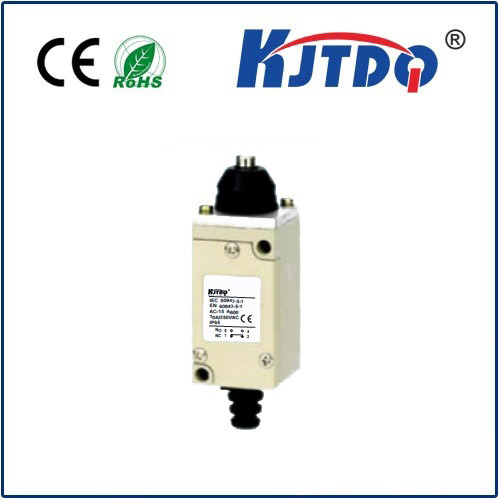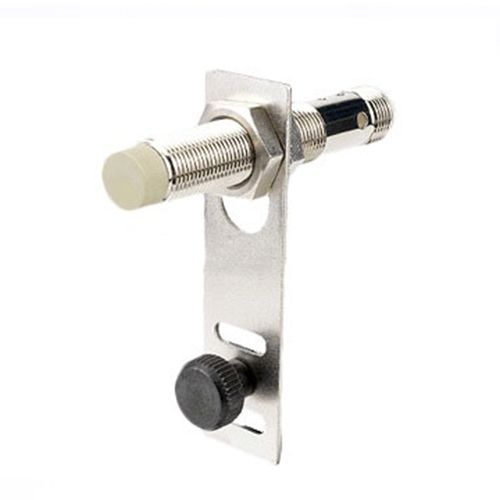

check

check

check

check

check

check

check

check

check

check
Imagine your home’s heating system humming efficiently on a chilly winter day, only to face the risk of catastrophic overheating without a small, unseen guardian. This unsung hero is the fan limit control switch, a pivotal component in modern HVAC setups that ensures safety, efficiency, and reliability. Often overlooked by homeowners, this device plays a critical role in preventing equipment failures and hazards. As we delve into its inner workings, you’ll discover why understanding this switch isn’t just for technicians—it’s key to optimizing your comfort systems for the long haul.
At its core, a fan limit control switch is an electromechanical device integrated into heating systems, designed with a dual purpose: regulating the blower fan operation based on temperature thresholds and providing a fail-safe against overheating. It consists of a temperature sensor that triggers actions at specific set points, such as turning the fan on when heat rises to a safe operating level and shutting it down if temperatures climb too high, risking damage. For instance, in a forced-air furnace, this switch seamlessly coordinates the fan with the burner cycle, ensuring air circulates only when heat is present and ceases when it’s not needed. This precise control prevents energy waste and protects components like heat exchangers from thermal stress.

Understanding how a fan limit control switch functions reveals its ingenious simplicity. When the system fires up, the switch’s sensor continuously monitors plenum temperatures. Typically, it activates the fan at a pre-set “fan-on” temperature (e.g., around 100–130°F) to distribute warm air throughout your space. If temperatures surge unexpectedly—say, due to blocked vents or malfunctioning parts—it hits the “high-limit” trigger (often 150–200°F), cutting power to the fan immediately. This rapid response halts airflow, allowing components to cool and avert potential melting or combustion risks. Conversely, at the “fan-off” setting (e.g., 90–100°F below the high limit), it shuts down the fan to conserve energy once heating diminishes. This automated cycle operates silently but effectively, often saving homeowners from costly repairs.
The importance of fan limit control switches in HVAC systems cannot be overstated, making them indispensable for safety and performance. Without this device, furnaces or boilers could overheat swiftly, leading to cracked heat exchangers, fire hazards, or even carbon monoxide leaks—all posing severe household dangers. By maintaining optimal temperature ranges, it enhances system longevity, extending the life of expensive equipment by years. Additionally, it promotes energy efficiency; by preventing unnecessary fan operation, it reduces electricity consumption and lowers utility bills. For example, in commercial settings with high-demand units, a well-calibrated switch ensures consistent airflow without overheating, supporting uninterrupted comfort in schools or offices.
Beyond residential applications, fan limit control switches find widespread use across various industries, showcasing their versatility. In gas-fired furnaces, electric heaters, or even industrial ovens, different types cater to specific needs. Common variants include fixed-limit switches, with non-adjustable settings for basic setups, and adjustable models that allow technicians to fine-tune thresholds during installation or maintenance. Safety certification from bodies like UL (Underwriters Laboratories) ensures these switches meet rigorous standards, adding a layer of reliability. In retrofit projects or new builds, integrating this component ensures compliance with building codes, underscoring why it’s a staple in modern HVAC designs.
Maintaining your fan limit control switch is straightforward but vital for uninterrupted operation. Over time, dust buildup or corrosion can impair its sensor accuracy, leading to issues like fans not starting or continuous cycling. Simple DIY checks involve inspecting the switch for physical damage and testing its terminals with a multimeter to confirm electrical continuity. If faults arise—such as the fan failing to engage—it might signal a need for cleaning or professional calibration. Regular inspections during annual HVAC tune-ups can prevent 90% of malfunctions, saving you from emergency callouts. By addressing minor issues early, you avoid the domino effect of component failures, preserving peak system performance.
Ultimately, a fan limit control switch embodies a blend of innovation and practicality in today’s HVAC landscape. Its role transcends mere function; it fosters peace of mind through robust protection and resource conservation. As technology evolves, newer models incorporate smart sensors for remote monitoring, aligning with energy-saving trends. Yet, the fundamentals remain unchanged: this humble switch is your first line of defense against overheating disasters, proving that small components yield monumental benefits.
